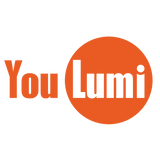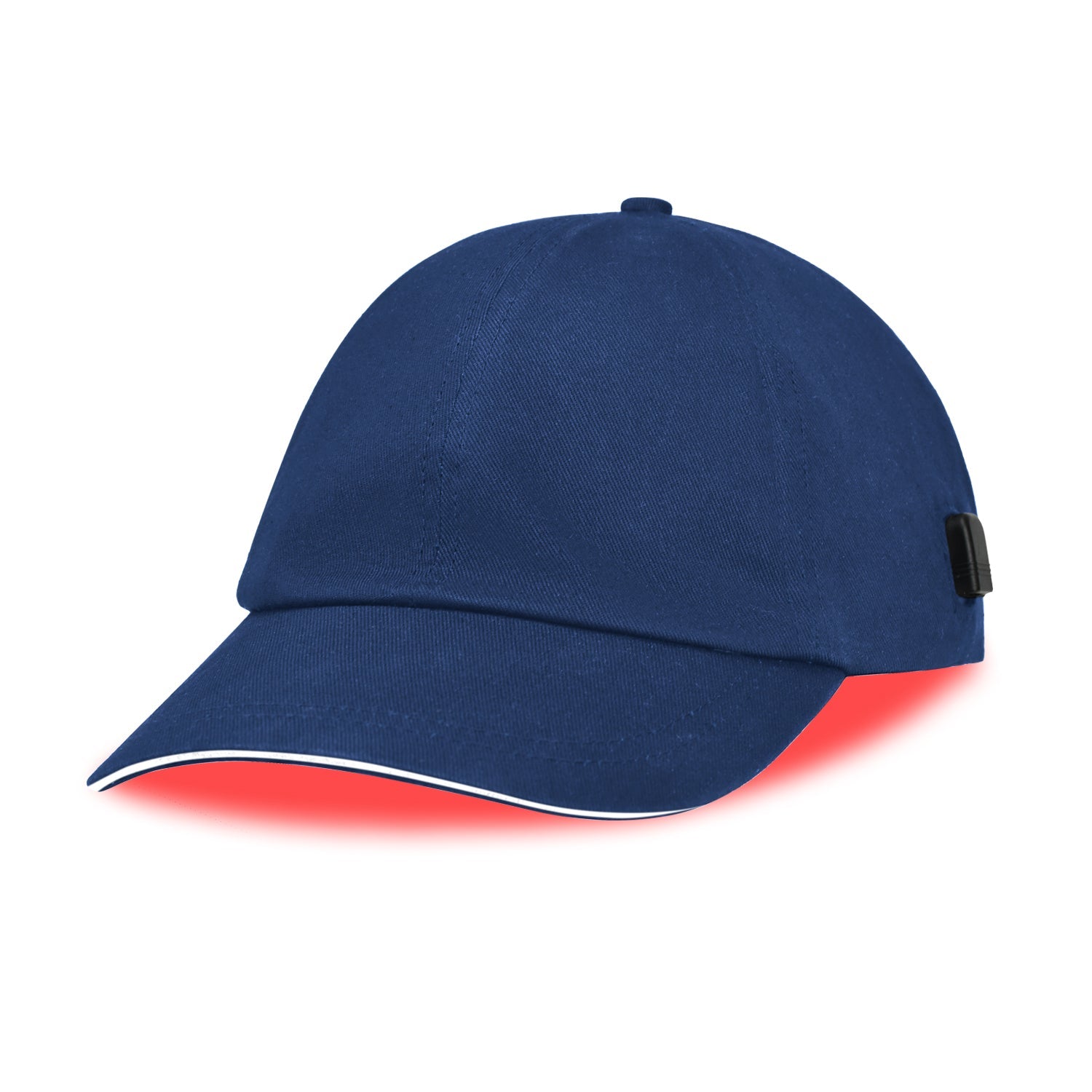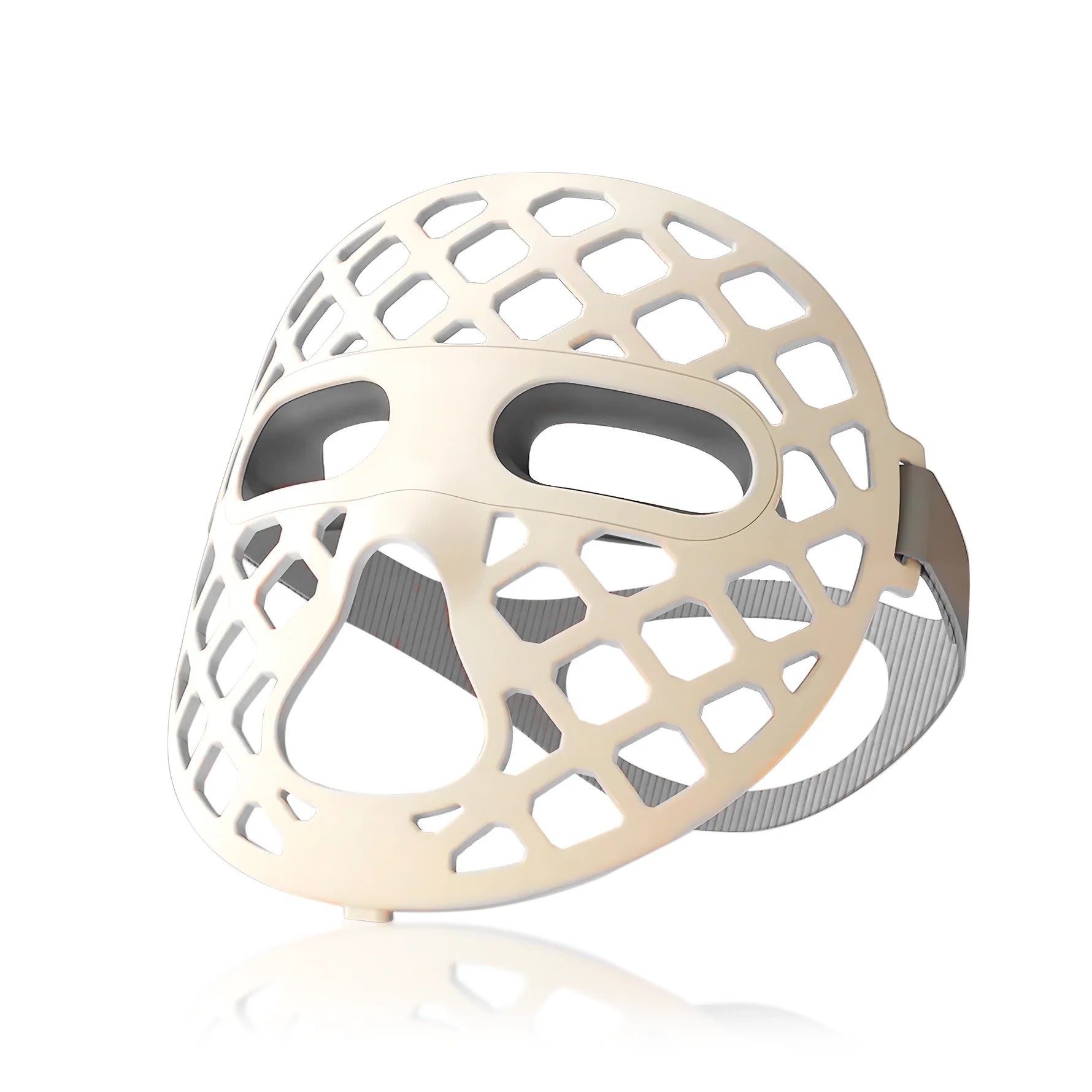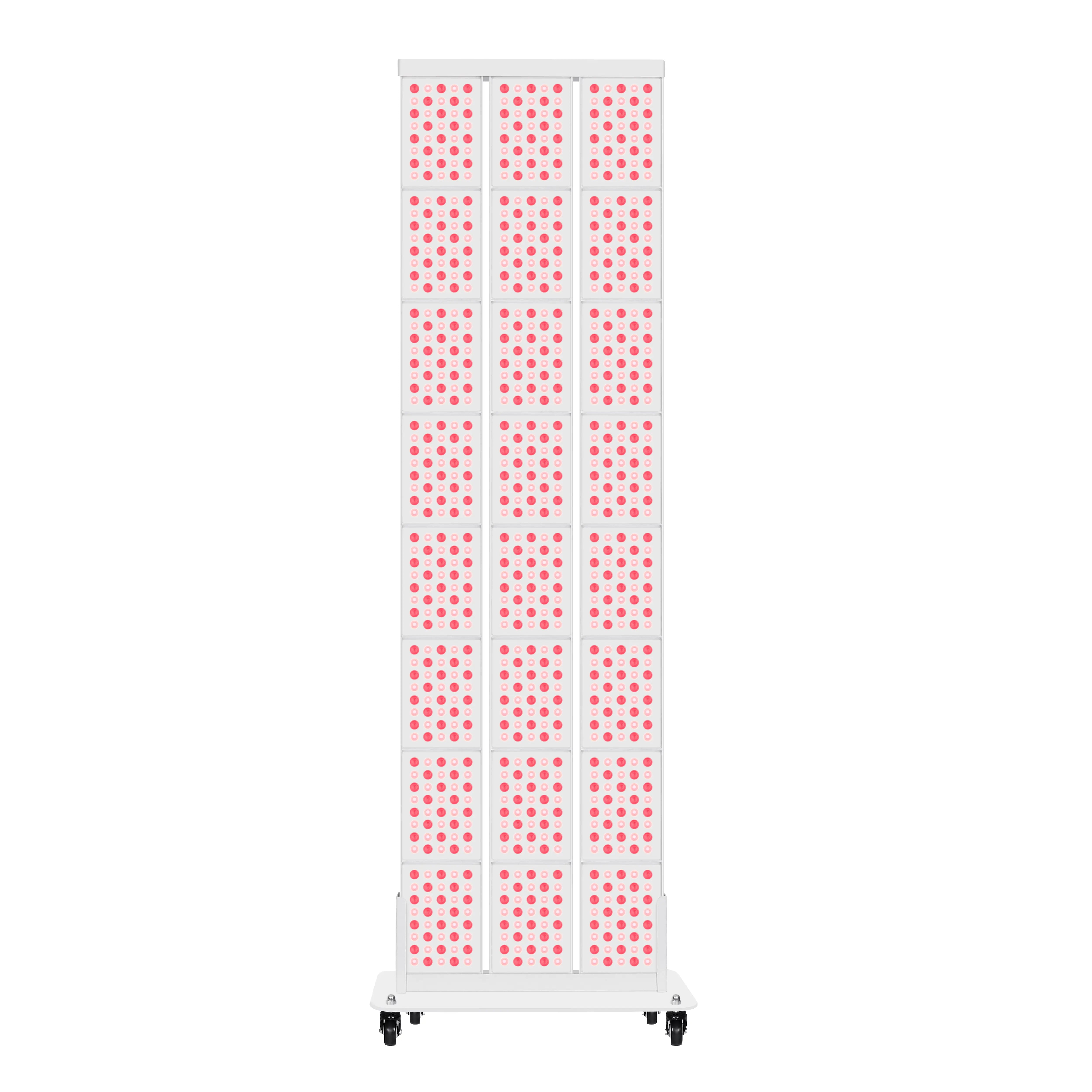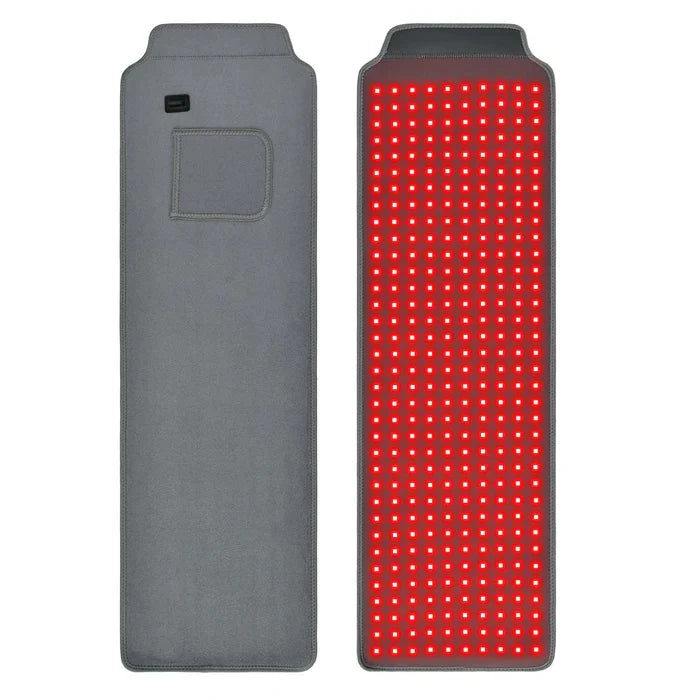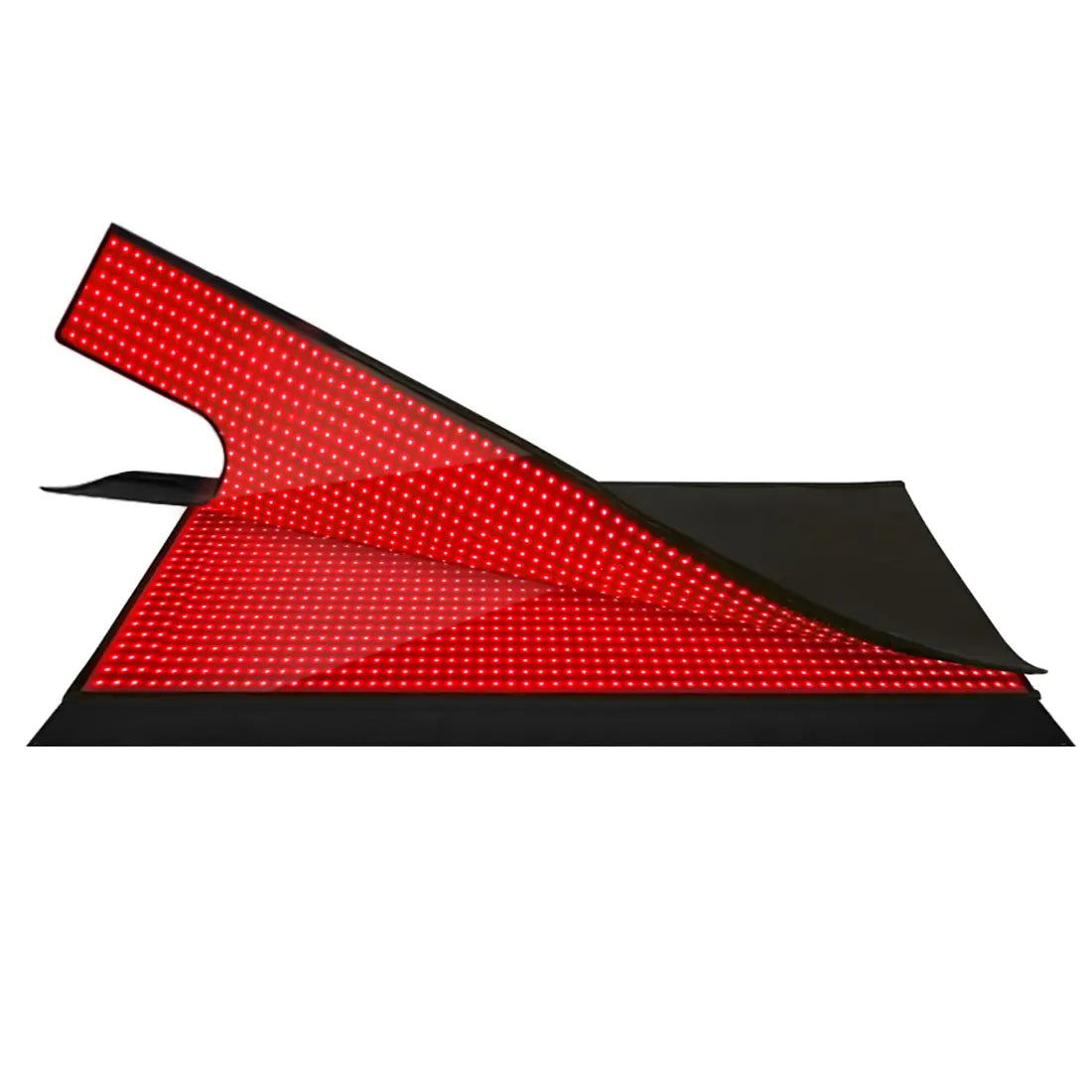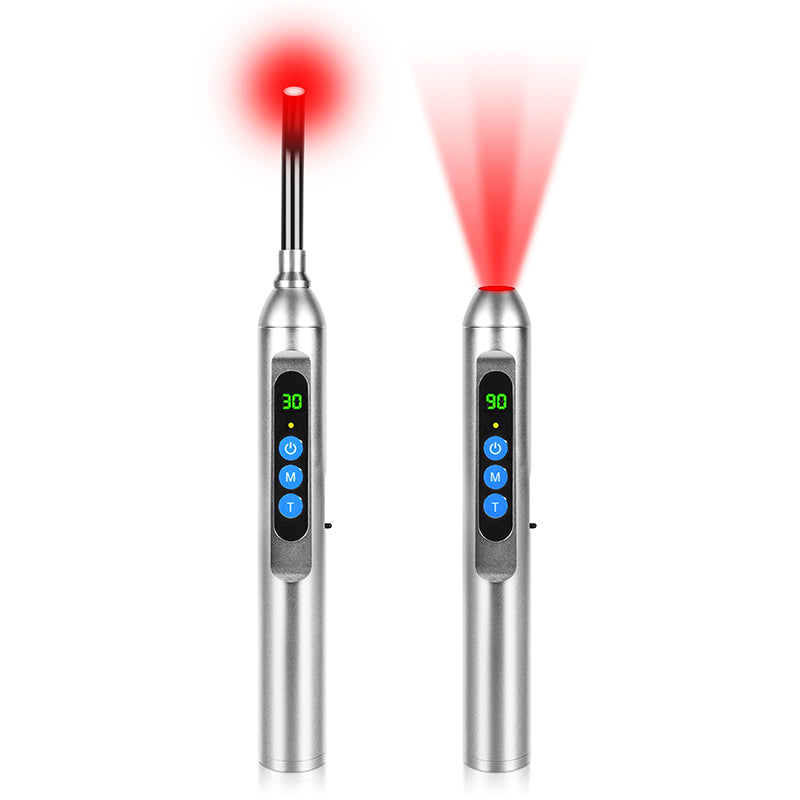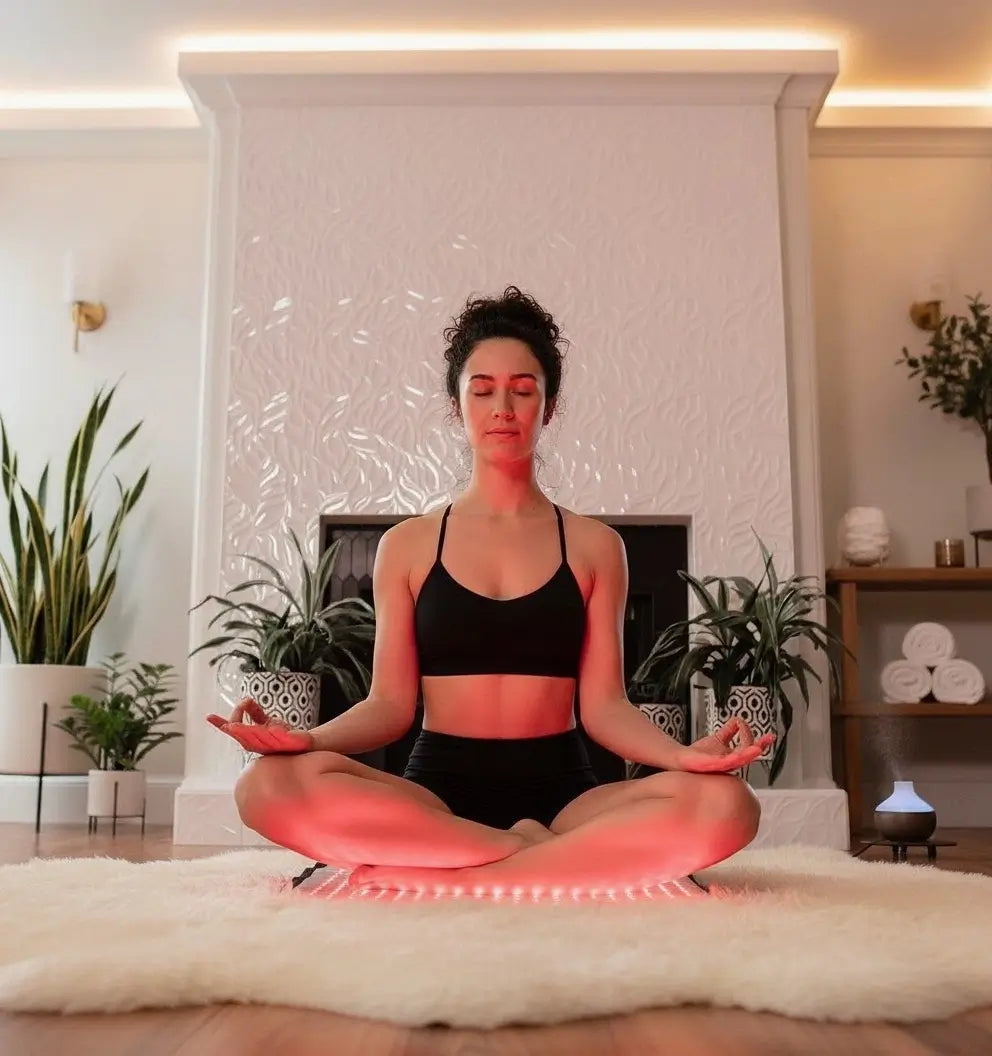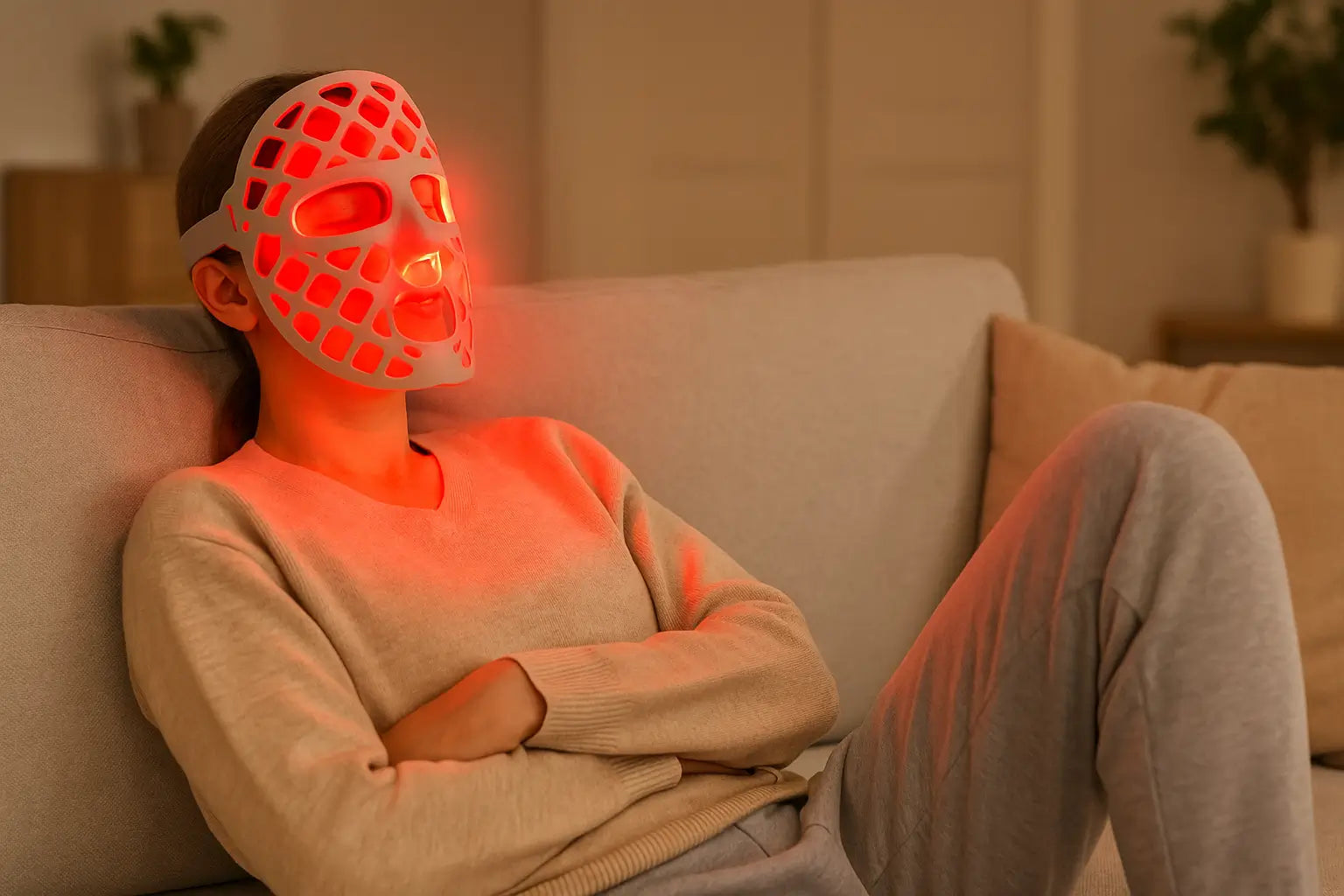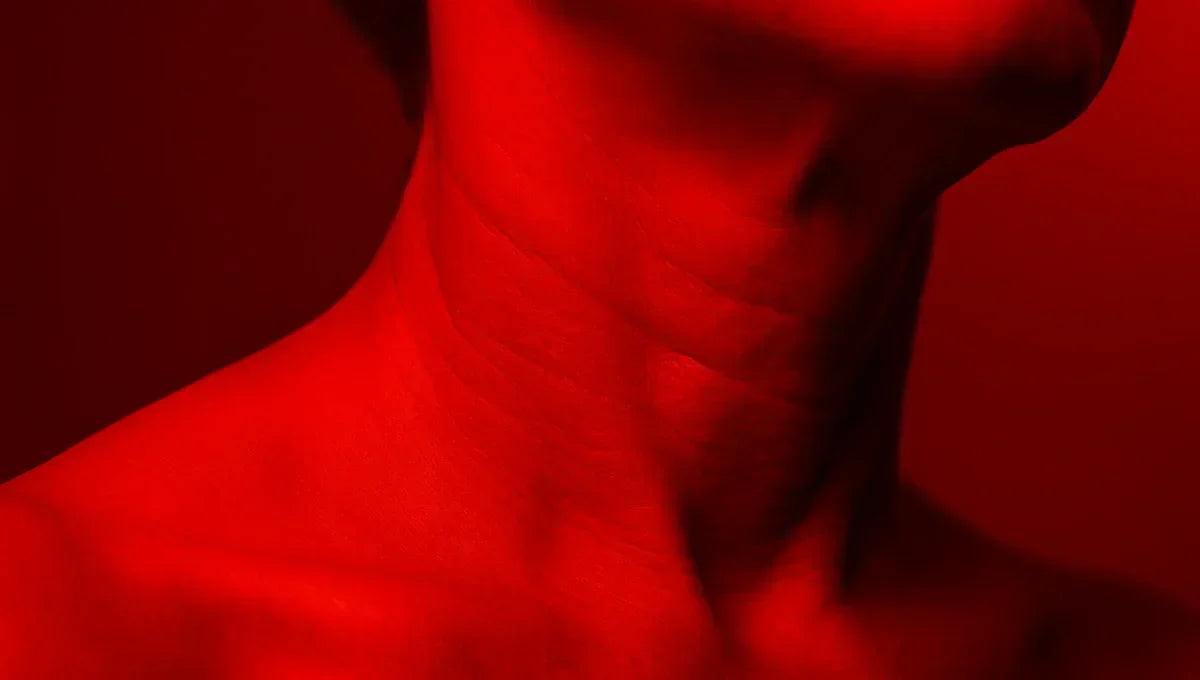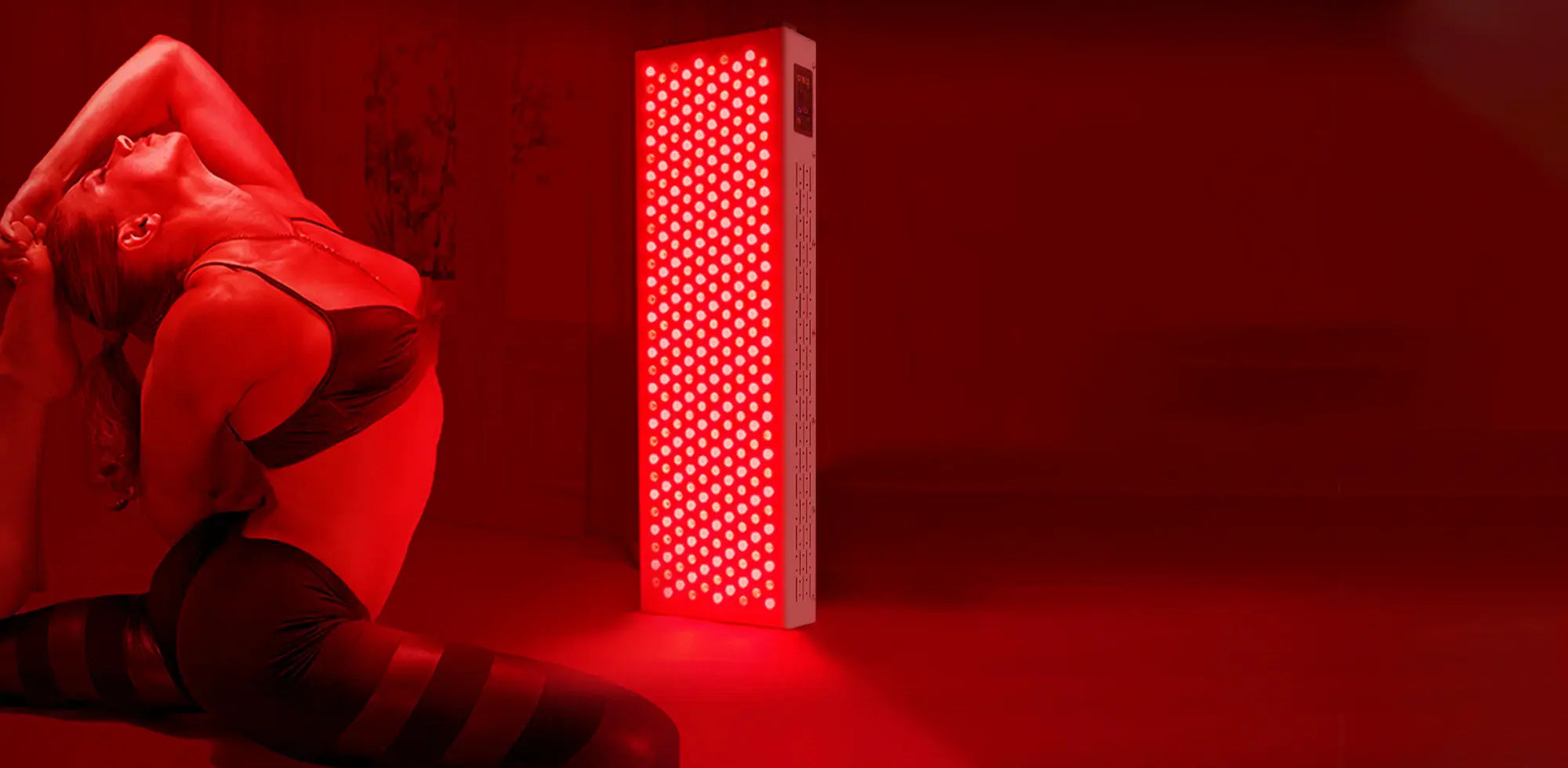Short Answer
Yes, red light therapy for back pain can help some people when used consistently with the right dose and distance. Results vary across studies, so treat it as a supportive tool alongside movement, ergonomics, and medical guidance for red-flag symptoms.
Back pain drains energy at work, ruins sleep, and keeps people from moving the way they want. The scale is huge. In 2020, about 619 million people lived with low back pain, and projections suggest 843 million by 2050. It is a leading cause of disability around the world. These numbers explain why simple at-home steps can matter for daily life. The benefits of red light therapy cannot be ignored.
This guide focuses on red light therapy for back pain. You will see what the science supports, how to pick a device you will use often, and how to build a plan that fits a normal week.
Understand the Science of Red Light Therapy for Back Pain
A quick primer helps set expectations. Red and near infrared light work through cellular signaling rather than surface warmth. The notes below explain how the light interacts with tissue, what that means for relief, and how basic setup choices support consistent results for red light therapy for back pain.
How the light interacts with tissue
Red and near infrared light drive photobiomodulation. Mitochondria absorb specific wavelengths through chromophores such as cytochrome c oxidase. This can increase ATP availability, influence nitric oxide, and shift inflammatory signals, creating conditions that favor comfort and tissue recovery.

What this means for pain relief
Evidence includes positive trials and neutral reviews. Some randomized studies in chronic low back pain report lower pain after infrared exposure. Larger reviews that pool many protocols find modest or uncertain effects for non-specific low back pain. The practical approach is steady use, clear goals, and pairing red light therapy for back pain with posture work, strength, and regular movement.
Wavelengths and setups that matter
- Therapeutic ranges commonly used: red 600–700 nm; near infrared 780–950 nm.
- Near infrared reaches deeper tissue, so many devices combine both.
- Keep sessions consistent and follow the device’s distance guidance to deliver a repeatable dose.
- Treat light as a supportive tool alongside first-line non-drug care such as heat, massage, spinal manipulation, and exercise.
Choose Your Device for Back Pain: Panel vs Belt
Pick the format that matches your routine. The best red light therapy for back pain is the one you will actually use four or five days a week.

| Device | Best for | Coverage | Typical setup | Portability |
| Panel | Full back or multiple regions at home | Large | Stationary at a set distance | Low |
| Belt | Targeted mid or lower back | Medium | Snug on skin while sitting, standing, or walking | High |
Use these quick rules when choosing a red light therapy panel for back pain or a red light therapy belt for lower back pain:
- You plan to treat more than one area in a session. Pick a panel.
- You need hands-free use during calls or reading. Pick a belt.
- You want higher irradiance at a fixed distance. Lean toward a panel.
- You travel or split time between home and office. A belt is easier to pack.
Check that your device lists both red and near infrared LEDs, recommended distances, and estimated irradiance so you can plan session time. For deeper structures, many users prefer near-infrared light for back pain as part of the mix.
Use Red Light Therapy for Back Pain: A Step-by-Step Plan
A simple routine works best. The aim is steady input over weeks.
Set Your Starter Schedule
- Frequency: two to five sessions each week.
- Time: about 10 to 20 minutes for each back area, based on your device manual. These windows are common across clinical summaries and consumer education from medical sources.
- Distance: follow the distance range given by your device so dose stays consistent.
- Position: bare skin or thin clothing. Keep the light perpendicular to the target area. Belts should fit snugly and evenly.

Finding the right treatment frequency can vary depending on your specific condition and goals. Many users benefit from our detailed frequency guidelines that help optimize results for different therapy needs.
If pain flares after yard work or a long drive, use a short morning and evening session for a few days, then return to the normal rhythm. For long-standing soreness, keep your plan steady for four to eight weeks before you judge results. Recent reviews stress that dose and repetition shape outcomes in photobiomodulation therapy for low back pain.
Anchor Sessions to a Habit
- Put sessions next to an existing habit, like after morning coffee.
- Track the same pain scale once a week to see small trends.
Pair light with movement
Use a short session before mobility work to warm the area. After an easy stretch or home exercise, a brief treatment can help you wind down. Medical guidelines place exercise and other non-drug options early in care pathways for back pain. Red light therapy at home fits alongside those steps.
Build Daily Habits for a Healthier Back
Light works best when daily strain drops. These habits support red light therapy for back pain and cut the odds of a new flare.
Your desk setup
- Top of the monitor at or slightly below eye level.
- Screen about an arm’s length away.
- Lower back supported and feet flat or on a footrest. These points appear in widely accepted workstation guidance.

Microbreaks that stick
Take a five-minute break each hour to stand, stretch, or walk a short loop. Short active breaks can reduce discomfort in screen-heavy work without hurting productivity.
Core control, gently
Learn the curl-up, side plank, and bird dog, often called the McGill Big Three. They build endurance and teach spine-sparing patterns. Start easy and progress slowly.
Red Light Therapy Safety: Risks and Precautions

Short sessions used as directed are generally well tolerated. Respect a few basics to keep LED red light therapy for back pain safe.
- Eye protection. Wear the supplied goggles the entire time and don’t look directly at the LEDs. Keep the device pointed away from your eyes and avoid reflective surfaces that could bounce light back. Children and pets should be out of the room during sessions.
- Photosensitivity. Some medicines and supplements can heighten light sensitivity (for example, certain antibiotics, acne treatments, or St. John’s wort). If you take any photosensitizing drugs, check with your clinician first and start with shorter sessions. A quick, low-dose test on a small area is a smart first step.
- Cancer sites. Don’t treat directly over a known or suspected active cancer unless you’re part of a medical program that specifically allows it. If you have an unexplained lump or lesion, get it evaluated before using light in that area. When in doubt, skip the spot and ask your doctor.
- Pregnancy, seizure history, unclear diagnoses. If you’re pregnant—or have a history of seizures—get personal guidance before starting. People with seizure risk should avoid flickering or pulsed modes unless cleared by a clinician. If your back pain is new, severe, or unexplained, see a doctor to rule out red-flag causes first.
- Skin response. Mild warmth is common, but stop any session that causes burning, stinging, or a rash, and reassess your time and distance. Persistent redness lasting more than a day means you likely overdid the dose—scale back or pause. Avoid using on open wounds or over lotions that may increase sensitivity unless your device and clinician say it’s safe.
Track Results and Know When to See a Professional
Give your plan four to eight weeks. If pain, stiffness, and function do not improve, adjust frequency, confirm distance, and re-emphasize movement and ergonomics. Seek prompt medical care for red flags such as saddle numbness, new bladder or bowel changes, fever with back pain, unexplained weight loss, recent major trauma, or progressive leg weakness. These patterns can signal conditions that need urgent evaluation.
Your Practical Path to a Calmer Back
Used with steady habits, red light therapy for back pain can ease discomfort and help movement feel more natural. Results improve when you pick a device that fits your routine, follow clear timing and distance, protect your eyes and skin, and pair light with gentle exercise and a back-friendly workspace. Give the plan four to eight weeks while you track pain, morning stiffness, and daily function, and seek medical care sooner if red-flag symptoms appear. When you’re ready to begin, choose the format you’ll use consistently, set a simple weekly schedule, and if you want help deciding between a panel and a belt, share your routine and goals to get a short, tailored setup.
